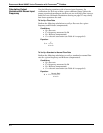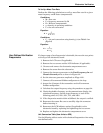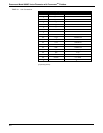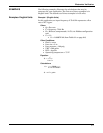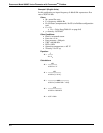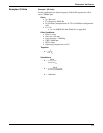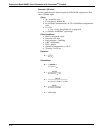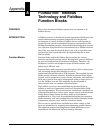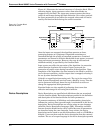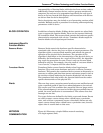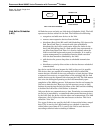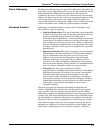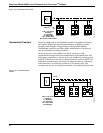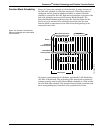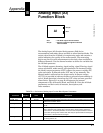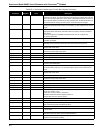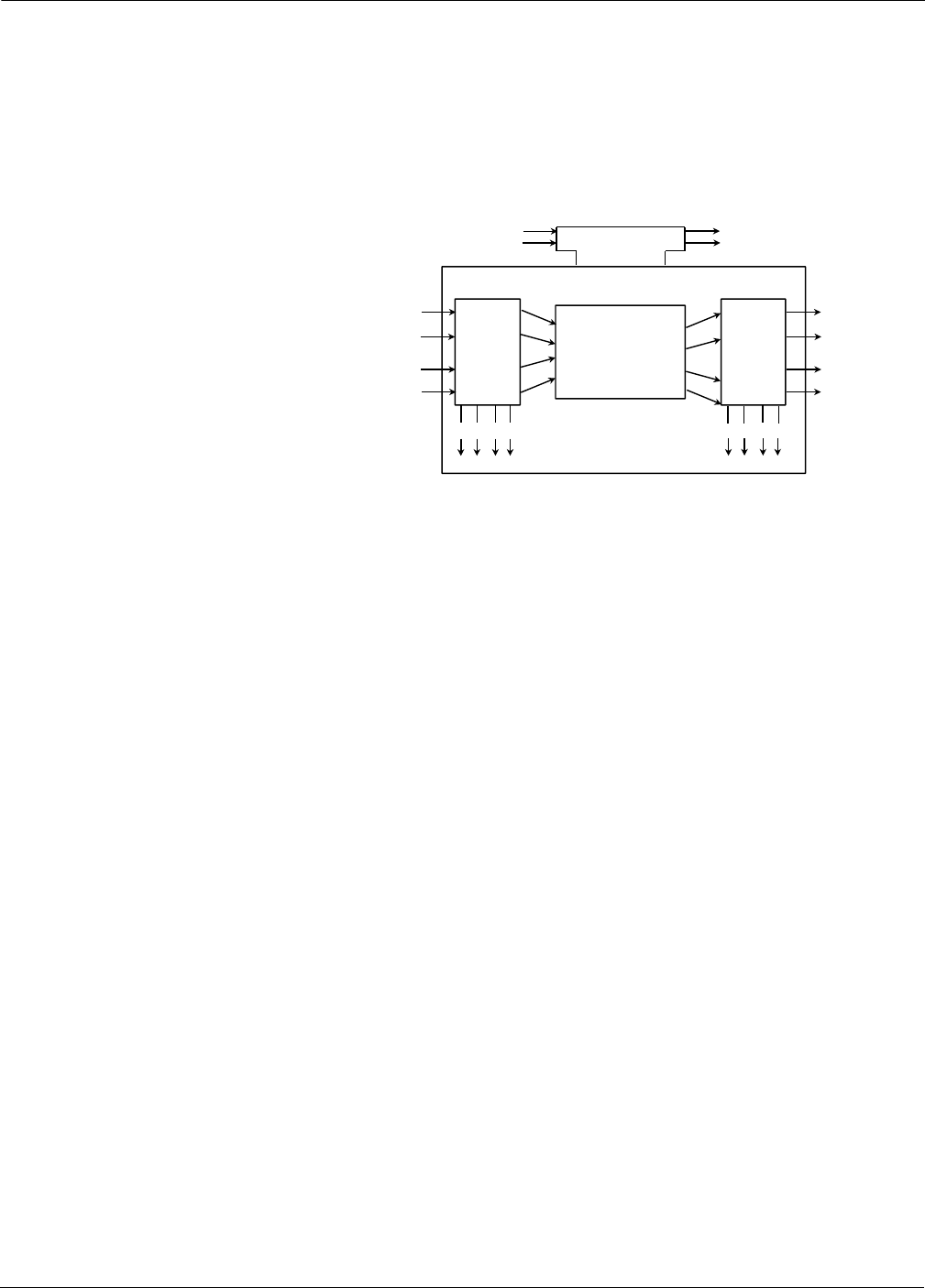
Rosemount Model 8800C Vortex Flowmeter with FOUNDATION
TM
Fieldbus
A-2
Figure A-1 illustrates the internal structure of a function block. When
execution begins, input parameter values from other blocks are
snapped-in by the block. The input snap process ensures that these
values do not change during the block execution. New values received
for these parameters do not affect the snapped values and will not be
used by the function block during the current execution.
Figure A-1. Function Block
Internal Structure.
Once the inputs are snapped, the algorithm operates on them,
generating outputs as it progresses. Algorithm executions are
controlled through the setting of contained parameters. Contained
parameters are internal to function blocks and do not appear as normal
input and output parameters. However, they may be accessed and
modified remotely, as specified by the function block.
Input events may affect the operation of the algorithm. An execution
control function regulates the receipt of input events and the
generation of output events during execution of the algorithm. Upon
completion of the algorithm, the data internal to the block is saved for
use in the next execution, and the output data is snapped, releasing it
for use by other function blocks.
A block is a tagged logical processing unit. The tag is the name of the
block. System management services locate a block by its tag. Thus the
service personnel need only know the tag of the block to access or
change the appropriate block parameters.
Function blocks are also capable of performing short-term data
collection and storage for reviewing their behavior.
Device Descriptions Device Descriptions are specified tool definitions that are associated
with the function blocks. Device descriptions provide for the definition
and description of the function blocks and their parameters.
To promote consistency of definition and understanding, descriptive
information, such as data type and length, is maintained in the device
description. Device Descriptions are written using an open language
called the Device Description Language (DDL). Parameter transfers
between function blocks can be easily verified because all parameters
are described using the same language. Once written, the device
description can be stored on an external medium, such as a CD-ROM or
diskette. Users can then read the device description from the external
medium. The use of an open language in the device description permits
Input Events Output Events
InputParameter
Linkages
Output Parameter
Linkages
Processing
Algorithm
Execution Control
Input
Snap
Status
Output
Snap
Status
FIELDBUS_0012



